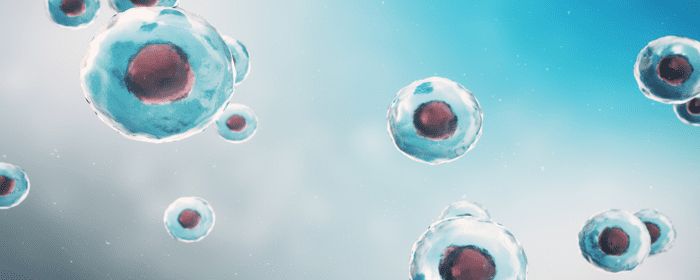Neuropathic pain is pain caused as part of a dysfunction in the nervous system, including the peripheral nerves, brain, and spinal cord. Often characterized by spontaneous pain occurring for no specific reason, neuropathic pain can range from mild to severe and is currently estimated to affect 150 million people in the United States. The risk of experiencing neuropathic pain is also much higher in those with preexisting medical conditions, especially diabetes.
Treating neuropathic pain has proven to be very challenging and, to date, most current medical treatments are designed to mitigate pain while not addressing the underlying cause of the pain.
Spinal reorganization and changes in the excitatory or inhibitory pathways controlling neuropathic pain development following peripheral nerve injury are correlated with altered gene expression. Considering this, Siniscalco, Rossi, and Maione review newer molecular methods, including gene therapy and delivery of biologic anti-nociceptive molecules, as potential therapeutic approaches for the treatment of neuropathic pain.
The authors also review the use of stem cell therapy as the potential to slow the progression of or even altogether block neuropathic pain. Stem cells have the ability to incorporate into the spinal cord, differentiate, and to improve locomotion recovery. Furthermore, and despite associated ethical concerns, human stem cells have demonstrated the ability to migrate to the injured area of the spinal cord and differentiate in order to promote axon regeneration and synapse regeneration as a way to alleviate neuropathic pain and improve motor behavior.
Further exploring stem cell therapy as a potential treatment for neuropathic pain, Siniscalco et al. point out that using genetically engineered stem cells expressing trophic factors appears to be a useful tool in relieving neuropathic pain. The authors hypothesize that the benefit brought by stem cells could be a result of their ability to deliver anti-nociceptive molecules close to the pain processing centers or site of injury and that the trophic factors provided by stem cells could, themselves, act as an anti-nociceptive drug.
Of the many various types of stem cells, the authors believe that mesenchymal stem cells (MSCs) demonstrate the potential for the best results in pain-care research. Found throughout the body, MSCs demonstrate a high expansion potential, genetic stability, and stable phenotype, and are easily collected and transported.
In addition, MSCs also are able to migrate to sites of tissue injury and demonstrate strong immunosuppressive properties and are able to differentiate into neurons and astrocytes. Animal models of neurological disorders have demonstrated that MSCs are able to improve neurological deficits and to promote neuronal network improvements.
Although the underlying mechanisms of how MSCs specifically address pain behavior are yet to be fully understood, their ability to migrate to injured tissue and mediate functional recovery suggests that MSCs could modulate pain generation after a neuropathic injury.
The authors conclude that neuropathic pain is a very complex disease that is very difficult to treat. While current treatment is designed to address the symptoms of pain, a treatment for the cause has yet to be developed. There are new molecular methods, including antisense strategy, gene therapy, and virus therapy currently being evaluated as potential therapeutic options to treat the underlying causes of pain.
Most recently, preliminary clinical evidence suggests that stem cell therapy could be the most effective long-term treatment for definitive relief of pain caused by neuropathic injury or disease.
Source: “Stem cell therapy for neuropathic pain treatment – PMC – NCBI.” https://www.ncbi.nlm.nih.gov/pmc/articles/PMC3908122/.


 St. Petersburg, Florida
St. Petersburg, Florida
